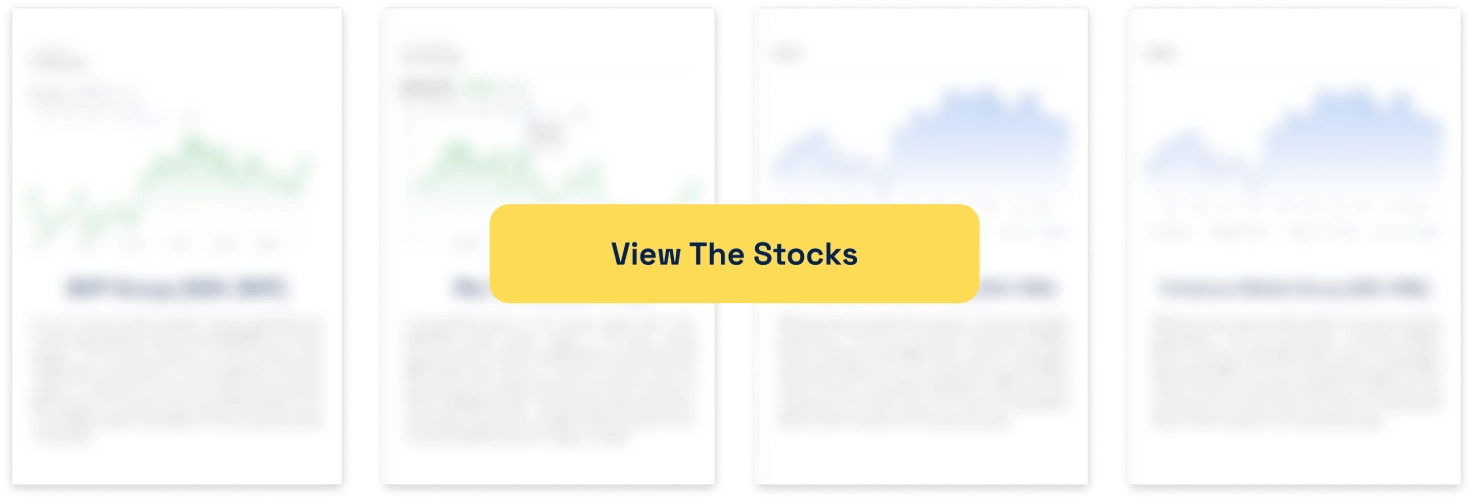Capital Gains Tax on Shares: Here’s How It Works And Whether Or Not the 50% Discount Could Be Wound Back

Capital Gains Tax on Shares is one of the most notable taxes investors will face. Here is Stocks Down Under’s Guide with what investors need to know.
How CGT works and when do you have to pay it
You have to pay a CGT on shares when a ‘CGT event’ occurs. This involves selling your shares but may also involve gift shares to someone (even if no money changes hands) or via swaps or exchange shares (e.g. in a takeover or merger).
The Capital Gain is the difference between the sale price and the buy price, adjusted for costs (i.e. the cost base). Cost Base includes what you paid for the shares + brokerage + other incidental costs.
If you make a capital loss (i.e. sell shares for less than you bought them for), it can offset other capital gains in the same year or future years (but not other income). And you generally cannot claim a ‘tax deduction’ for tax losses.
If you hold shares for more than 12 months, you may be eligible for the 50% CGT discount (if you’re an individual). For example, if you made a $10,000 capital gain and held the shares >12 months, only $5,000 is added to your taxable income.
Capital gains must be reported in your tax return every year. It’s added to your assessable income and you pay income tax on your total income.
Let’s illustrate this. Let’s say you bought 100 shares in CBA at $100 each in November 2023, then sold them at $150 in March 2025:
Cost base: $10,000
Sale price: $15,000
Capital Gain pre-discount: $5,000
As you held it for more than 12 months you are eligible for a 50% discount so you include a $2,500 taxable capital gain in your tax return as assessable income.
If however, you bought 10,000 Core Lithium (ASX:CXO) shares at 37c per share in November 2023 but sold at 16c in March 2025:
Cost base: $3,700
Sale price: $1,600
Capital loss: $2,100
In this instance, the total capital gain is $400 ($2,500-$2,100) so you only include $400 in your tax return. And you should be able to deduct brokerage costs in both instances.
It is important to note that this is not specific financial advice. You should consult with a professional financial advisor, and also don’t hesitate to ask the ATO.
As a side note, it might be possible to avoid tax if you gift them to a ‘Deductible Gift Recipient’ as long as they are below a certain amount. But that’s a long story and for another article.
A history lesson: The Historical Background to Capital Gains Tax on Shares
Capital Gains Tax (or CGT) was only introduced in 1985 by the Hawke government. Australia had been through tough economic times and it was clear structural problems had to be addressed. After Hawke’s 2nd election win, he established a Taskforce was formally commissioned consisting of Treasury officials.
A Draft White Paper (DWP) titled ‘Reform of the Australian Tax System’ (RATS) was released in mid-1985. It found structural flaws and a tax base whittled away via concessions and tax minimisation arrangements were causing too much of a burden on lower income earners.
One problem was the lack of a specific CGT. The irony is investors were taxed gains on assets sold within a year of purchase and all other gains were taxed if they were made ‘for the purpose of profit making’…but that didn’t cover that many transactions at all. The DWP actually recommended gains be taxed as accrued (i.e. just one paper), but the Hawke government only opted to tax realised gains.
Further concessions included having it not apply to assets bought before the tax was introduced, having some assets exempt (including one’s principal residence, superannuation and life insurance policies as well as small-value, personal-use items) and that there would be compensation for inflation.
The compensation for inflation
The specific compensation was a mathematical formula that taxpayers would need to calculate themselves and keep records of. In theory, it wasn’t complicated. Let’s say you’d bought $10,000 of shares, then sold them for $20,000 at that time and inflation was 25%. You’d up the cost base by 25% (to $12,500) and only pay the gain on the $7,500 gain from $12,500 to $20,000. But in practice it was difficult, especially with the advent of online share trading and the ease of people to ‘top up’.
The Howard Government in 1999, responding to the Ralph Review, adjusted to a 50% discount to all asset classes. Some argued it was just because of online share trading – in that there was a fear of a leakage of revenue.
Why the history is relevant
Because we now have a second-term Labor government holding a productivity summit, and changes to taxation will be on the agenda. Even if there’ll be no changes to the GST, polls show there is more appetite for change around CGT. Even if some change is being called for specifically by encouraging new housing (i.e. maybe a higher discount for new builds or only retaining the discount for new builds) any changes could impact investors in equities, even if only indirectly.
Dependant on what eventuates, investors may turn to the equity markets if they could get a higher discount from shares. Or if there were changes to CGT impacting all asset classes, people could change their investing behaviour.
Consider this. If you buy new shares in a company you already own and/or participate in a dividend reinvestment plan, then this will form part of the cost base of the asset. But if you buy a house to rent out (or specifically a title) it’s a one-in purchase and you need only keep records of costs. So in such an instance, investors may put even more money into housing than right now.
Stocks offer the benefit of quicker liquidity (well, at least in theory) but higher volatility and potentially more complicated record keeping.
Conclusion
We hope we’ve provided an outline of how CGT works. But more than half of this article talks about the history of its introduction and thinks about potential changes.
We didn’t do this by accident. To understand where things could be going, you need to know what’s happened in the 4 decades it has operated. And any changes could mean some people will have no choice but to readjust their portfolios. History could be repeating itself here.
What are the Best ASX Stocks to invest in right now?
Check our buy/sell tips

- How much is capital gains tax on stocks in Australia?
It depends on your income. You include a net ‘captain gain’ in your total income and you pay a marginal tax rate on your total income.
- How can you avoid or reduce capital gains tax on stocks?
The best way to reduce capital gains tax on stocks is to hold them for at least 12 months so you get the 50% discount. You could also dispose of them by giving them to a Deductible Gift Recipients (although this is limited)?
- What is the 12 month rule for capital gains?
If you hold an asset for over 12 months, you get a 50% discount.
- Do you pay capital gains tax on inherited shares?
Not when you first ‘inherit’ them, but you may be liable to pay when you sell or otherwise dispose of those assets.
- At what age do you not pay capital gains tax in Australia?
There’s no upper or lower age limit where you do not pay tax. It all has to do with your income.
Blog Categories
Get Our Top 5 ASX Stocks for FY26
Recent Posts
Diversifying Portfolios with ASX Consumer Stocks: Opportunities and Risks
The ASX 200 has delivered significant volatility recently, and market participants observing the screens in 2025 understand the turbulence firsthand.…
Is Lendlease (ASX:LLC) out of the doldrums for good?
Lendlease (ASX:LLC) has for the past several years been the classic definition of a ‘value trap’. You think a good…
Here are the 2 most important stock market taxes that investors need to be aware on
As one of two certainties in life, investors need to be aware of stock market taxes. Investors may be liable…


